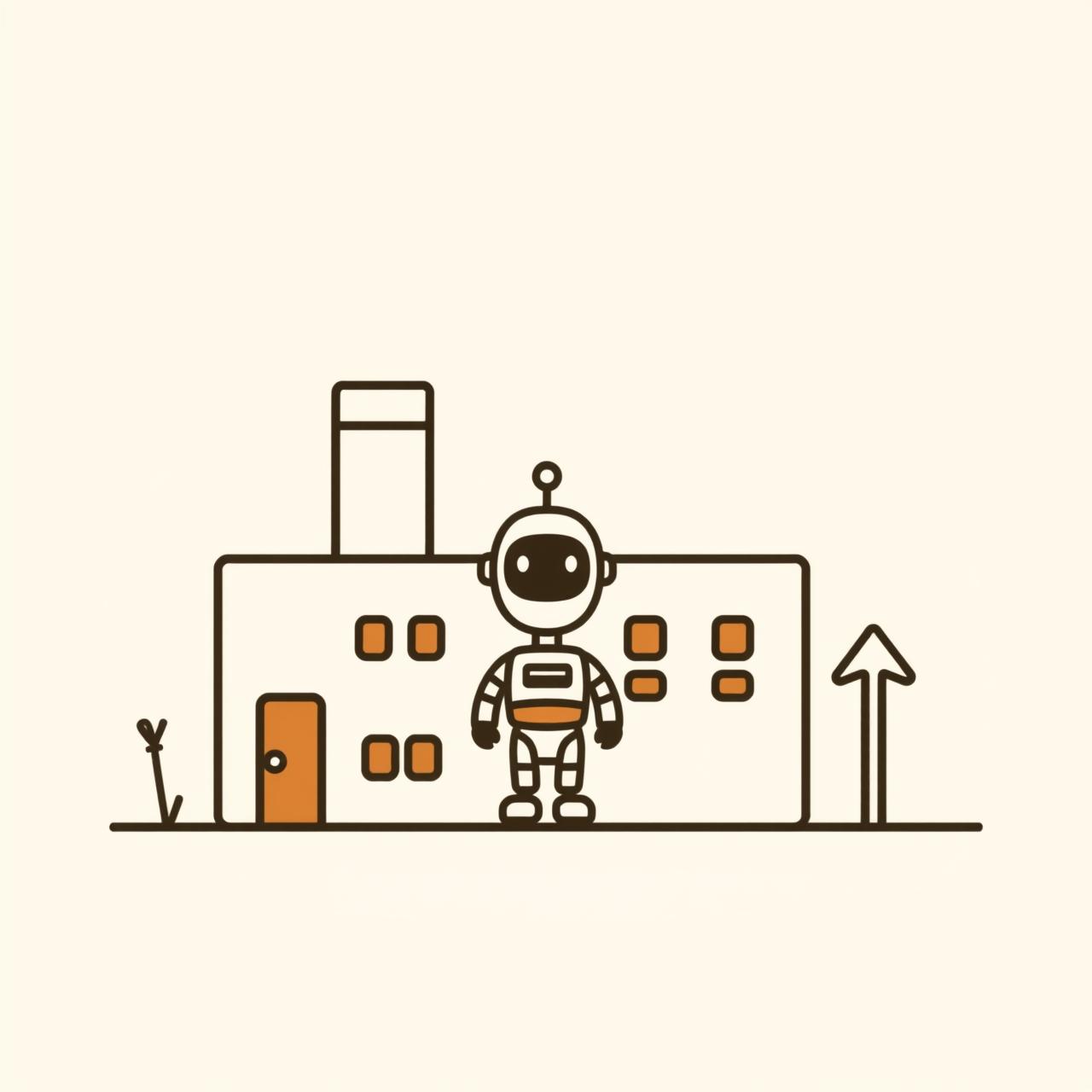
Have you ever watched your kid build a magnificent, wobbly tower of blocks and just marvel at their focus? In that little world of creation, you see a glimpse of the future they’ll build. And lately, I’ve been thinking a LOT about what that future will look like. News just dropped that Andrew Kiguel, the CEO of Realbotix, is set to speak at IFA Berlin, a massive global tech show. He’s talking about AI-powered humanoid robots, and his vision is all about redefining how we interact with technology. This isn’t some far-off sci-fi movie plot anymore. This is the world our kids are growing up in, and honestly? It’s absolutely mind-blowing!
When a Robot’s ‘Hello’ Feels… Different: What Does It Teach Kids?
The whole idea Realbotix is pushing is “natural human interaction.” Can you picture it? A robot that doesn’t just follow commands but interacts in a way that feels intuitive, almost… familiar. It’s the kind of tech that could help with everything from household chores to being a companion. It’s thrilling! But here’s a fascinating twist we shouldn’t ignore. Research has shown that when a robot looks super human-like, our brains automatically expect it to act perfectly human. When it can’t quite match that expectation—maybe it misunderstands a question or moves a bit clumsily—it can lead to some real confusion and frustration. A study even found it can create more work for the humans around it who have to help people figure it out! (Source: ScienceDirect)
But hold on—this isn’t a bug, it’s a feature for parenting! This is a golden opportunity. It’s the perfect setup to teach our kids about patience, empathy, and managing expectations. It’s like getting a new board game with confusing instructions. We don’t just toss the game; we work together, laugh at the silly mistakes, and figure it out. We can teach our kids to see new technology not as a perfect, magical solution, but as a tool that’s still learning—just like them. What an amazing lesson in grace!
Beyond our homes, though, this tech is marching into workplaces…
The New Co-Workers on the Block are… Metal? How Will Jobs Change?

Okay, now let’s talk about the REALLY big stuff. Andrew Kiguel is showcasing these robots at a consumer electronics show, but this technology is sprinting way beyond our living rooms. It’s heading straight for the workplace! According to some jaw-dropping analysis from Bain & Co., the cost of making these humanoid robots has plummeted while labor costs are climbing. They predict that within the next five years—that’s practically tomorrow!—we could see these robots working in manufacturing, logistics, and retail. (Source: Bain & Co.)
Now, it’s easy to hear that and feel a jolt of anxiety. Forecasts from places like Oxford Economics have talked about millions of jobs potentially being displaced by robotics, and it seems to be happening even faster than they first thought. (Source: Oxford Economics). But I want you to join me in flipping that script with unstoppable optimism! Instead of asking, “What jobs will be lost?” let’s shout, “WHAT INCREDIBLE NEW JOBS WILL OUR KIDS INVENT?!” Think about it! We’ll need robot designers, ethical programmers, robot trainers, human-robot team coordinators… roles we can’t even fathom yet! This isn’t about replacement; it’s about transformation. We’re on the cusp of a creative explosion, and our kids are the ones with the paintbrushes. Let’s get them ready to create a masterpiece!
Our Family’s Adventure Guide for a Robot-Ready World: Tips for Parents

So, how do we do it? How do we prepare our little adventurers for this amazing new landscape? It’s not about enrolling them in coding camps before they can tie their shoes. It’s so much simpler and, honestly, way more fun. It’s about nurturing the very things that make them wonderfully, brilliantly human.
First, we champion CURIOSITY over everything. When a new gadget appears, let’s be the first to ask, “Wow, how do you think that works? What could we use it for? What problems could it solve?” This turns them from passive consumers into active, critical thinkers. It’s about seeing the world as a giant, fascinating puzzle to explore together.
Next, we double down on hands-on, messy, glorious PLAY. Building with LEGOs, making mud pies, putting on a puppet show—these activities are building the foundational skills for the future. They teach problem-solving, collaboration, creativity, and resilience when the tower inevitably topples. These are the human superpowers that no robot can replicate. The most advanced technology in the world is still no match for a child’s imagination.
Finally, and this is the big one, we have to lean into what I call the “human connection.” Let’s talk about feelings, teach kindness, and practice empathy. The ability to understand and connect with another person, to work as a team, to tell a compelling story, or to give a comforting hug will become more valuable than ever. These are the skills that will allow our kids to lead, innovate, and thrive alongside any technology the future holds.
This isn’t a future to be afraid of. It’s an adventure waiting to happen. Seeing leaders like Andrew Kiguel bring these ideas to a global stage like IFA Berlin is just a reminder that the starting pistol has fired. And our kids? They were born ready to run this race. Let’s cheer them on with everything we’ve got!
Source: Realbotix CEO to Present at IFA Berlin, One Of The World’s Largest Tech Events, Financial Post, 2025/09/02 11:30:41
